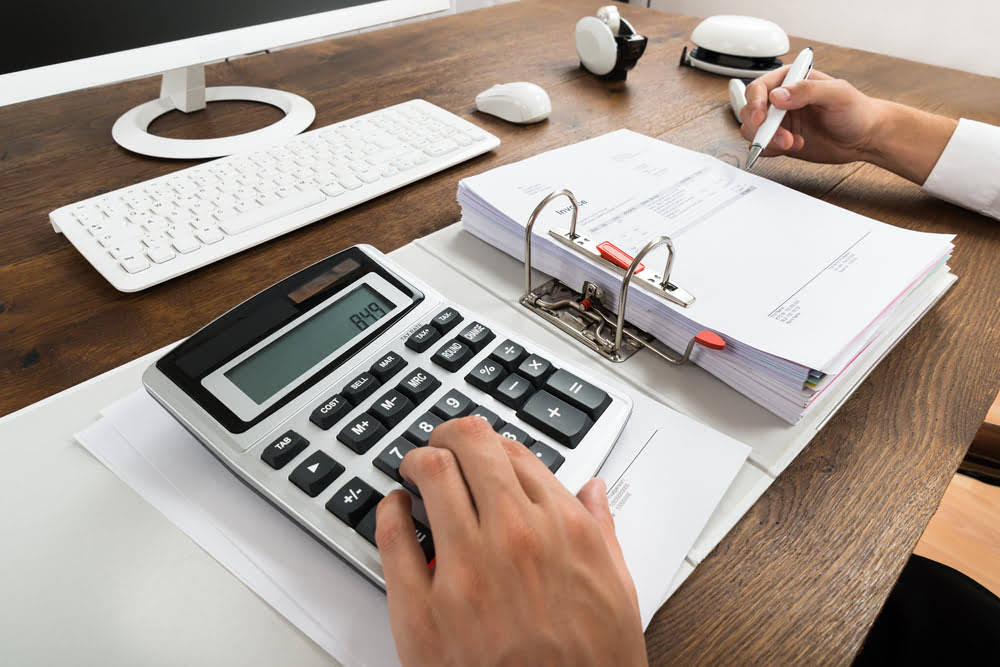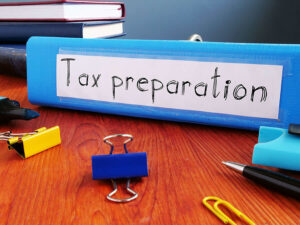
Flip the deposit slip over and write the amounts of the remaining checks using the spaces printed. Add up the checks listed on the back of the deposit slip, turn it front side up and write the total from the reverse side in the space you left blank. You can use the preprinted deposit slip deposit slips that come with checks you purchase or counter deposit slips furnished by your bank. If it’s the preprinted version, you’ll see your name and account number.

How To Fill Out a Deposit Slip
However, with the completed deposit slip, you have concrete evidence to correct the error. While digital banking continues to rise in popularity, the deposit slip remains a fundamental tool in personal finance. It’s a simple yet powerful way to keep track of your financial transactions and ensure that your financial journey is well-documented and secure.
Understanding the Information Required on a Personal Deposit Slip

Remember to double-check all the information on the deposit slip and endorse the check before submitting it to the bank. Verifying your deposit slip information online bookkeeping is an essential step in ensuring that your deposit is processed accurately and efficiently. Take the time to double-check all the information on the deposit slip before submitting it to the bank. By following these steps, you can avoid any mistakes or delays in processing your deposit. When it comes to filling out a bank deposit slip, verifying the information you have entered is crucial.

Bank Deposit Slip: The Essential Guide to Filling Out Bank Deposit Slips Correctly

For example, consider the case of John, a freelance graphic designer. He used to spend hours every month visiting his bank to deposit checks from clients. After switching to his bank’s mobile app, he now deposits checks by simply taking a picture of them, saving him time and allowing him to focus on his design projects. For example, imagine you’re depositing two checks, one for $1,500 and another for $2,500, and you want $200 in cash back. You would list each check separately, Online Bookkeeping add them for a subtotal of $4,000, then subtract the cash back to record a net deposit of $3,800.
Financial Milestones You Can Achieve by Leveraging Bank Services
- Cash and check amounts go in different sections, so make sure to enter them separately.
- For example, consider the case of John, a freelance graphic designer.
- Visit Deposit in our Everyday Life section to practice endorsing a check and filling out a deposit slip.
- The deposit slip must be from the same bank as your account in order for the deposit to be processed correctly.
- With $0 minimum to open online and Low Cash Mode® to help avoid overdrafts.
- To fill out a cash deposit slip correctly, start by writing down the date and your own account information.
This ensures that the bank can verify the cash and checks separately and avoid any errors. It is also essential to ensure that the total amount of the deposit matches the sum of the cash and checks being deposited. In some cases, it may be possible to deposit money without a bank deposit slip. Some banks allow customers to deposit funds using an ATM or online banking. However, it is important to check with your bank before attempting to deposit funds without a deposit slip. A bank deposit slip is a document used to deposit money into a bank account, detailing cash and check deposits.
- It helps create a paper trail, ensures that the money is directed to the right account, and also provides identification information and instructions to your bank.
- When recording cash amounts on a bank deposit slip, it is crucial to count the cash carefully to avoid any errors.
- If you are uncertain about anything, call your branch and ask them for assistance with technical details, like the branch code.
- If you’re unsure about how to fill in the deposit amount, refer back to section 4, where we break down the process step by step.
- By avoiding common mistakes and double-checking your information before submitting the deposit slip, you can ensure a smooth and hassle-free banking experience.
In this section, we will discuss the different types of information required on a deposit slip. If you are depositing cash, write the total amount of cash being deposited in the cash field. If you are depositing a check, write the total amount of the check in the check field. If you are depositing both cash and a check, write the total amount of both in the appropriate fields.